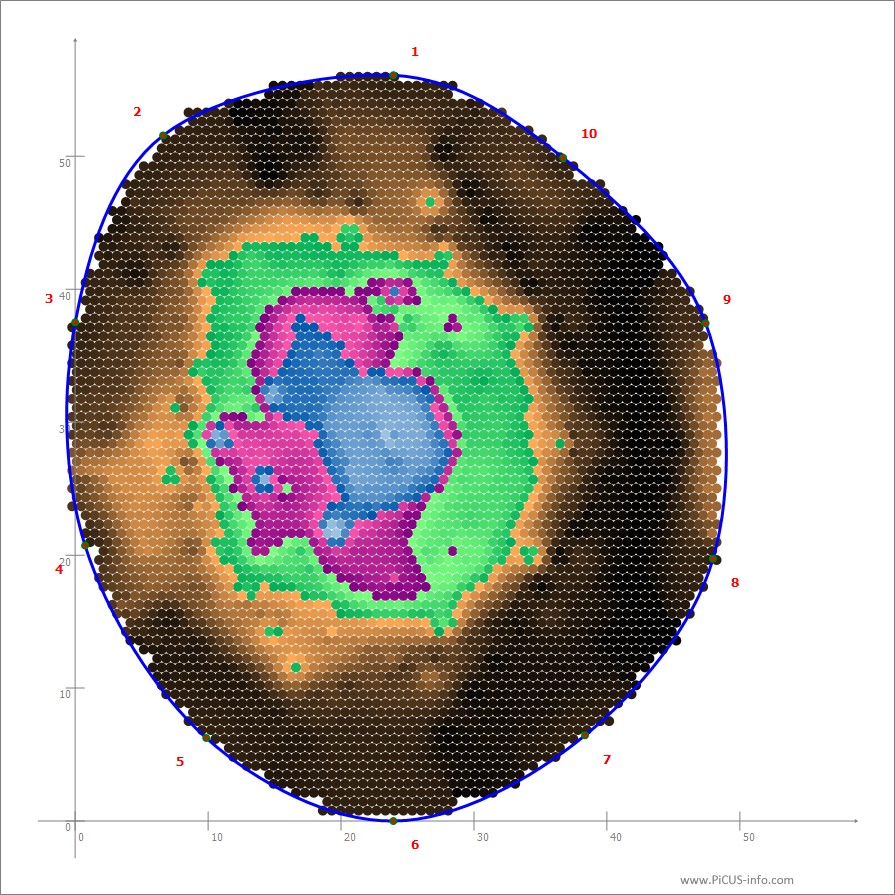Can sonic tomography predict loss in load-bearing capacity for trees with internal defects? A comparison of sonic tomograms with destructive measurements
Abstract
The measurement and assessment of internal defects is an important aspect of tree risk assessment. Although there are several methods for estimating the reduced load-bearing capacity of trees with internal defects, the advancement of these methods has not kept pace with improvements to methods used to measure the internal condition of trees, such as sonic tomography. In this study, the percent reduction to the section modulus, ZLOSS (%), caused by internal defects was estimated using 51 sonic tomograms collected from three tree species, and the accuracy of measurements was assessed using the destructively measured internal condition of the corresponding cross sections. In tomograms, there was a repeated underestimation of the percent total damaged area, AD(%), and a repeated overestimation of the offset distance between the centroid of the trunk and the centroid of the largest damaged part, LO (m). As a result, ZLOSS determined using tomograms was mostly less, in absolute terms, than that determined from destructive measurements. However, the accuracy of these estimates improved when using colors associated with intermediate sonic velocities to select damaged parts in tomograms, in addition to the colors explicitly associated with the slowest sonic velocities. Among seven mathematical methods used to estimate ZLOSS, those accounting for LO were more accurate than others neglecting it. In particular, a numerical method incorporating greater geometric detail, called zloss, gave estimates that were consistently better than six other analytical methods.
Illustrative figure


zloss function estimates the reduced load-bearing capacity of tree parts with internal damage by computing the percent decrease to the section modulus, ZLOSS (%), equivalent to the percent increase in local stress caused by the loss of supporting wood. The estimates can be used by arborists evaluating the severity of internal damage during advanced tree risk assessment. In the example depicted, the tree part was nearly 29% decayed, but its load-bearing capacity was only reduced by 13%.Materials
BibTeX citation
@article{BurchamBrazeeMarraKane:2019,
Author = {Daniel C. Burcham, Nicholas J. Brazee, Robert E. Marra, Brian Kane},
Doi = {10.1007/s00468-018-01808-z},
Journal = {Trees: Structure and Function},
Month = {1},
Pages = {681-695},
Title = {Can sonic tomography predict loss in load-bearing capacity for trees with internal defects? A comparison of sonic tomograms with destructive measurements},
Volume = {33},
Year = {2019}}